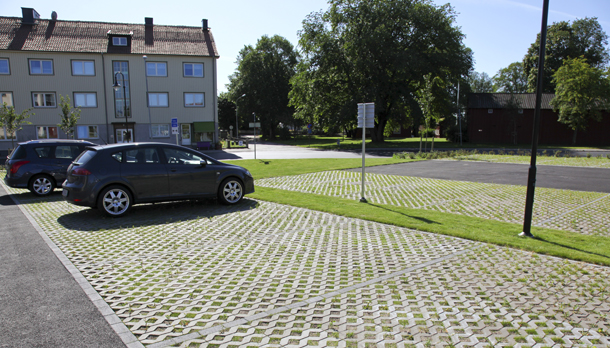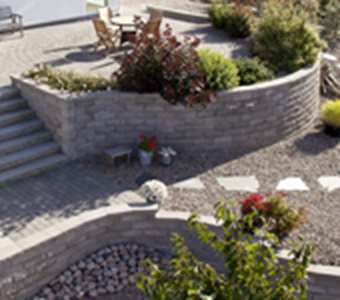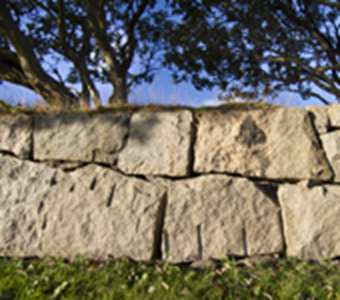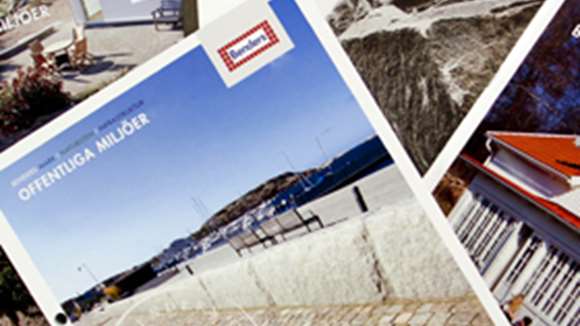When it rains hard, large volumes of unclean water usually run directly into various watercourses. Research has now shown that permeable paving stones, along with geotextiles underneath the sand layer, reduce releases of heavy metals and oils.
Researchers specialising in stone paving have focused on environment-related studies and come to the realisation that there are several advantages to using permeable paving stones. Increased urban growth has resulted in changes in natural cycles. One of these relates to falls in ground water level. This, in its turn, has an impact on both plants and wildlife. When it rains hard, large volumes of unclean water usually run directly into various watercourses. Permeable paving stones mean that rain water can run through the covering into the layers below. Permeable stone paving has normally been used to handle the surface water that forms as a result of, for example, rain. However, following studies in several countries, there has been a gradual change. The load that an area places on the surface water system has now become a major determiner. As paving stones reduce this load, the interest in permeable stone paving is very large.
Permeable stone paving allows the ground water level to be maintained at a natural level. This better balance has many advantages. Water evaporation increases (to the benefit of the local climate) and releases of heavy metals, oils and other contaminants are considerably reduced.
Research in the United Kingdom has shown that surface water from asphalt parking places contains 30 – 70 mg of oil per litre of water. A comparative study showed that the quantity of oil in the water could be reduced by up to 97 percent where parking places were instead covered with permeable paving stones.
Ordinary paving stones have difficulty handling surface water. Similarly, contaminants simply run off the asphalt and down into adjacent culverts. Using permeable paving stones in combination with geotextiles under the sand layer reduces the way in which the harmful substances have a negative impact on the environment. Permeable paving stones can collect most of the oils. Those that are not caught run through and, in their turn, are taken up by the geotextiles.
The geotextiles soon provide a meal for naturally occurring bacteria and fungi that turn the oils into, amongst other things, glucose. This is necessary for growth and propagation. Over time, a large network of thriving bacteria forms and increases the entire system’s cleaning capacity.
Data taken from the magazine Cementa AB, edition 2, 2007.
 |
| Benders’ open cell, permeable paving stone |

























